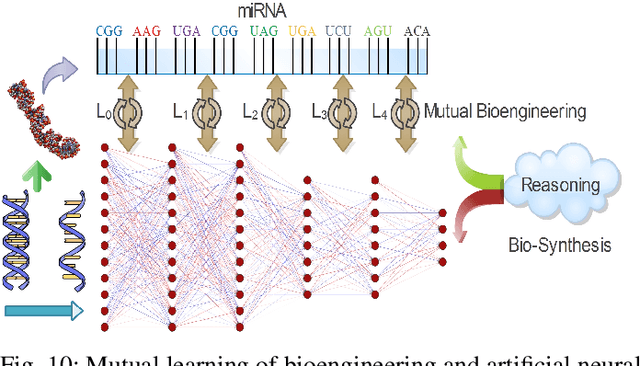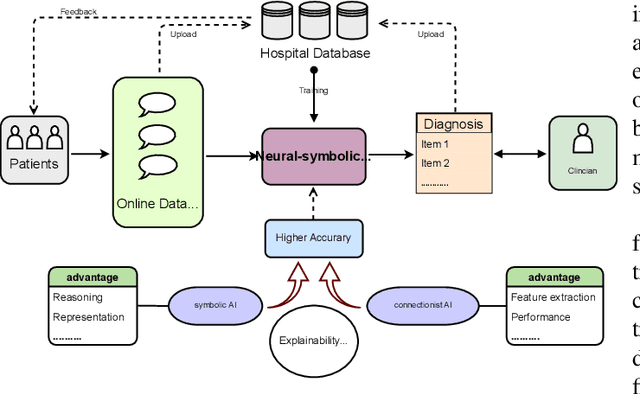Sen Zeng
Perspective+ Unet: Enhancing Segmentation with Bi-Path Fusion and Efficient Non-Local Attention for Superior Receptive Fields
Jun 20, 2024



Abstract:Precise segmentation of medical images is fundamental for extracting critical clinical information, which plays a pivotal role in enhancing the accuracy of diagnoses, formulating effective treatment plans, and improving patient outcomes. Although Convolutional Neural Networks (CNNs) and non-local attention methods have achieved notable success in medical image segmentation, they either struggle to capture long-range spatial dependencies due to their reliance on local features, or face significant computational and feature integration challenges when attempting to address this issue with global attention mechanisms. To overcome existing limitations in medical image segmentation, we propose a novel architecture, Perspective+ Unet. This framework is characterized by three major innovations: (i) It introduces a dual-pathway strategy at the encoder stage that combines the outcomes of traditional and dilated convolutions. This not only maintains the local receptive field but also significantly expands it, enabling better comprehension of the global structure of images while retaining detail sensitivity. (ii) The framework incorporates an efficient non-local transformer block, named ENLTB, which utilizes kernel function approximation for effective long-range dependency capture with linear computational and spatial complexity. (iii) A Spatial Cross-Scale Integrator strategy is employed to merge global dependencies and local contextual cues across model stages, meticulously refining features from various levels to harmonize global and local information. Experimental results on the ACDC and Synapse datasets demonstrate the effectiveness of our proposed Perspective+ Unet. The code is available in the supplementary material.
Neuro-Symbolic Learning: Principles and Applications in Ophthalmology
Jul 31, 2022



Abstract:Neural networks have been rapidly expanding in recent years, with novel strategies and applications. However, challenges such as interpretability, explainability, robustness, safety, trust, and sensibility remain unsolved in neural network technologies, despite the fact that they will unavoidably be addressed for critical applications. Attempts have been made to overcome the challenges in neural network computing by representing and embedding domain knowledge in terms of symbolic representations. Thus, the neuro-symbolic learning (NeSyL) notion emerged, which incorporates aspects of symbolic representation and bringing common sense into neural networks (NeSyL). In domains where interpretability, reasoning, and explainability are crucial, such as video and image captioning, question-answering and reasoning, health informatics, and genomics, NeSyL has shown promising outcomes. This review presents a comprehensive survey on the state-of-the-art NeSyL approaches, their principles, advances in machine and deep learning algorithms, applications such as opthalmology, and most importantly, future perspectives of this emerging field.
 Add to Chrome
Add to Chrome Add to Firefox
Add to Firefox Add to Edge
Add to Edge